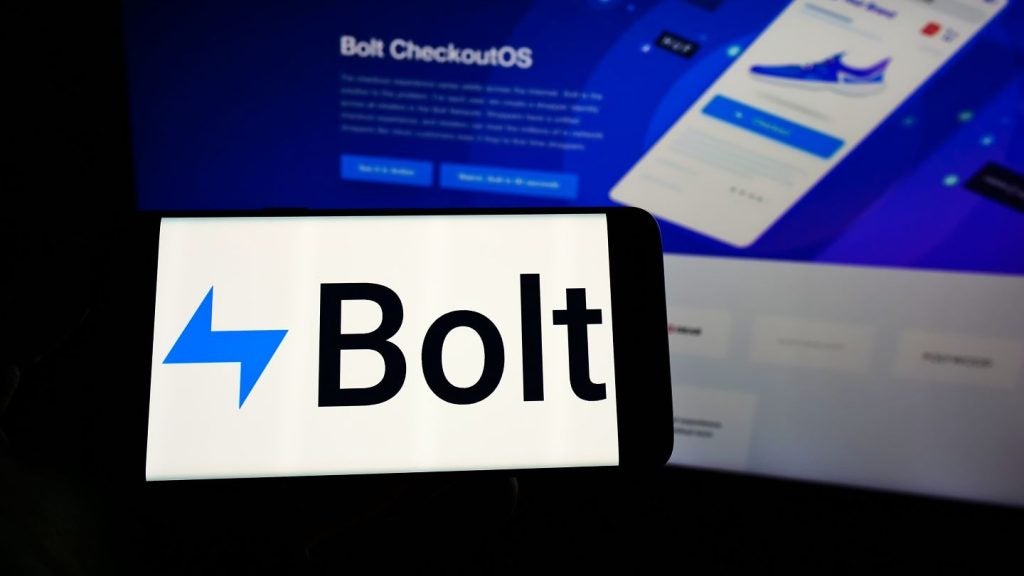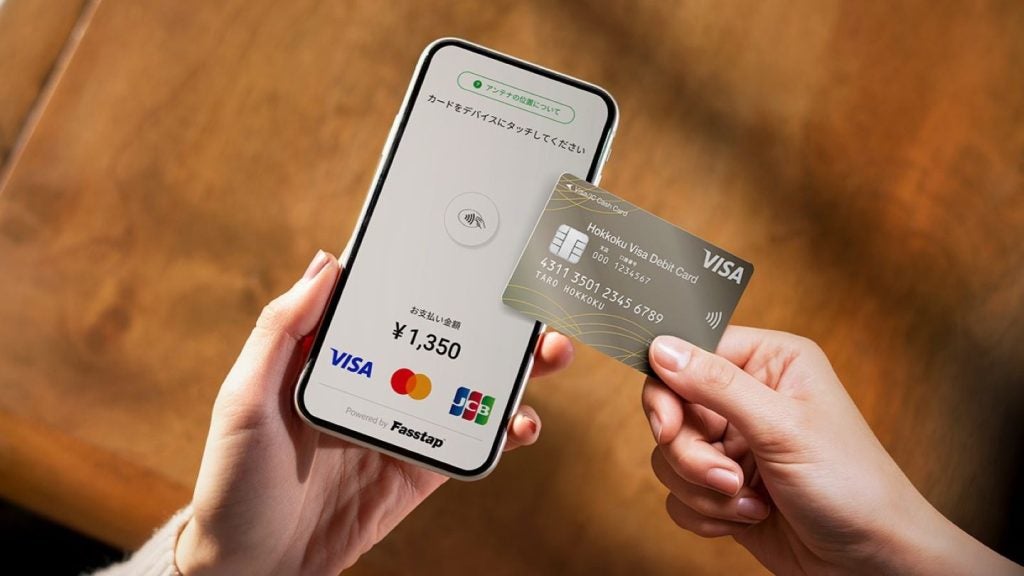Visa is planning to accelerate the migration of chip and PIN in
Australia as part of a five-year agenda to strengthen the country’s
payments system.
Although levels of fraud in Australia are relatively low
compared to other developed card markets, fraud has been rising
over the past couple of years, but Visa says the move is also being
driven by Australia’s migration from cash and cheques to electronic
payments.
 Visa said it will engage in discussions with
Visa said it will engage in discussions with
Australian financial and merchant communities to set deadlines for
the implementation of seven key security initiatives, the most
notable of which is a move to 100 percent chip card issuance and
PIN roll-out earlier than planned, which will see the elimination
of signature verification for all domestic Visa credit card
transactions.
“The time is now right to take advantage of
new technologies and to strengthen the system,” said Visa’s general
manager for Australia, New Zealand and the South Pacific, Chris
Clark.
Fraud on the rise
Figures published by the Australian
Payments and Clearing Association (APCA) show that payment card
fraud on debit, credit and charge cards increased from A$0.23
($0.15) to A$0.27 in every A$1,000 in the year from December 2006
to December 2007.

US Tariffs are shifting - will you react or anticipate?
Don’t let policy changes catch you off guard. Stay proactive with real-time data and expert analysis.
By GlobalDataWhile debit card fraud dropped from
A$0.077 to A$0.071, credit and charge card fraud (including
signature and card-not-present) rose from A$0.36 to A$0.44 in every
A$1,000.
The largest component of credit and charge
card fraud relates to card-not-present fraud and cross-border
fraud. However, Australia’s fraud rate remains low compared to
other markets – in the UK, payment card fraud is equivalent to
A$1.18 in every A$1,000.
Visa also wants all merchant terminals and
ATMs in Australia to be chip-enabled and operational within the
next five years, and for all Visa cardholders to be enrolled in
Verified by Visa, the payment network’s online authentication
system.
For merchants in particular, Visa wants those
classed as ‘Level Four’ e-commerce merchants to ensure higher
levels of data security protection, meaning merchants who process
less than 20,000 Visa e-commerce transactions annually, and all
other merchants processing up to 1 million Visa transactions
annually.
Merchants of all sizes will also be urged to
check the three-digit CVV2 security code (Cardholder Verification
Value 2) on the back of cards.
These initiatives are aimed at addressing
online fraud; lost, stolen and counterfeit card fraud; and identity
theft. Since 2003, all new terminals in Australia have been
chip-enabled and all of the major banks and several smaller
institutions are now issuing chip cards.
Merchants warn on costs
However, some merchant groups, while
welcoming anti-fraud initiatives, have expressed concerns that any
implementation and upgrade costs will have to be passed on to
consumers.
But according to Visa, the shift
away from paper-based payments to card payments means that the move
is inevitable, and that the costs associated with the migration to
chip and PIN will be incorporated into banks’ business models –
with these costs ultimately being offset by lower fraud costs.
MasterCard responded by saying that signatures
still have an important role to play in the industry and should not
be entirely abolished.







